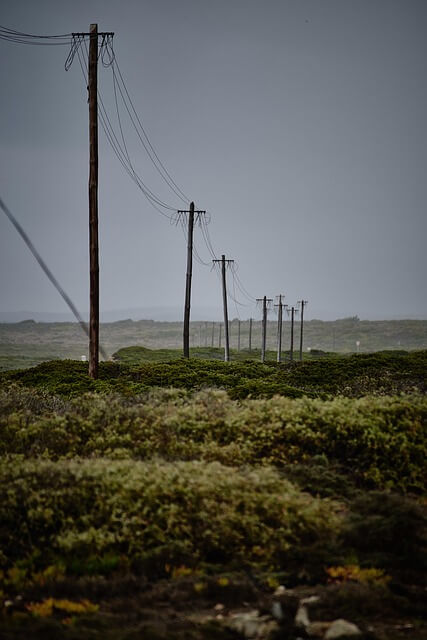Today’s article is about the top unknown facts about transmission line. The transmission and distribution course is very interesting. The more you know, the more you want to know here. Actually, there is a lot to know about this transmission line. It is really eye-catching to see the transmission line in the middle of a secluded field by train or bus or on the way home to the village by a river. If you are a student of the electrical department, then there is no question. You just want to keep looking as far as the eye can see. However, there are many misconceptions among us about the transmission line. Today, I will try to get rid of them.

The transmission line always has insulation
The idea exists among many peoples that there must be insulation in the transmission line. Some transmission lines may not have insulation. In general, in areas around which there is no possibility of human crowd, such as secluded islands, forests. The transmission lines of these areas are not insulated. This makes it possible to set up economical transmission lines.
There is no risk of shock to the transmission line if the power supply is disconnected
Many of us also bear the idea that if the power line is switched off, there is no risk of getting a shock due to the transmission line. Such misconceptions can lead to danger at any time. Even if there is no power in a transmission line, there will be a risk of electricity until the tower is neutralized. Furthermore, the matter can be explained with a real-life example. Suppose, at your friend’s wedding, you have eaten to your heart’s content. Even after washing your hands, you will still have the aroma of biryani and beef curry on your hands until you wash your hands with soapy water.
The transmission line is always rated in 132,230,400,765 KV
Many of us think that the transmission line volt of the power grid always produces a sequence like 132, 230, 400, 765. In reality, that is not the case. Many countries also have 110, 138, 144, 220, 345, 420 KV transmission lines. In fact, it is not the case that such quality volts are determined by the whims of the mind. Some factors work in these cases. They are as follows:
- Substation load
- How far will the transmission line cross or its length
- Insulator size
- Conductive wire
- The budget allocated to the power sector
Marker balls are used in case of river crossing transmission line only

Many people think that only marker ball is used in river crossing transmission lines. According to them, if the line breaks and falls into the water for any reason, marker ball may be used to keep it afloat. Moreover, there is no basis for this. There is also marker ball on transmission lines placed on top of many hills. For instance, the main purpose of the marker ball is to make the line visible to the pilot as the aircraft moves. Again, that’s why LED lights can be seen at night. If the purpose was to stay afloat in the river, then there is no point in having a blue, orange color of the marker balls and LED lighting system at night.
The transmission line is always double circuit
Usually, we are accustomed to seeing the transmission line of a double circuit. So, we assume that the power transmission line is only a double circuit. But, there is also a triple circuit transmission line. Usually, when using a triple circuit transmission line we can use more loads. China uses such transmission lines.
This concludes the top unknown facts of transmission line. A transmission line is not always a double circuit. Here, the use of the marker ball is not always for the river crossing line. Again, the transmission line not always has insulation.
Check More Articles:


